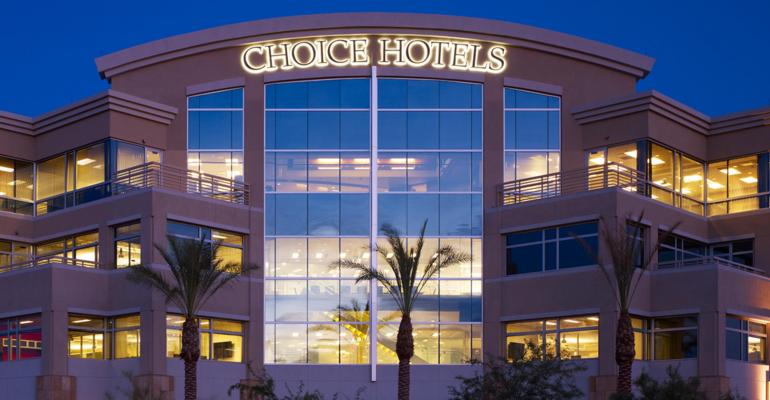Choice Hotels International started the year with robust growth plans and is not showing any signs of slowing down. On May 3, the company announced an aggressive expansion of its Comfort Hotel brand.
Is the upper mid-scale hotel market ready for 56 new properties in 2017? The company’s expansion target is the equivalent of one new hotel per week, and company executives expressed confidence in the national appeal of its Comfort brand.
"Comfort Inn and Comfort Suites properties work in all types of markets—whether urban, corporate office park, airport [or] interstate locations," Anne Smith, vice president, brand strategy, said in a company statement.
Nevertheless, the hospitality industry is in a phase where new supply is becoming an issue, according to industry professionals. Can consumer demand sustain hotel developers’ ambitions for 2017, and will the endeavor be worthwhile?
A Choice for investment partners
Choice Hotels, a Rockville, Md.-based lodging company, operates almost completely on a franchise model, generating about 99 percent of its revenue from franchise contracts. Investors, therefore, need to weigh the merits of each market and property type individually as they make decisions on whether to partner with the company.
“It all comes back to the basics,” said Eric Lewis, an executive managing director at real estate services firm Cushman & Wakefield and the global practice leader of the hospitality and gaming practice in its valuation and advisory division.
In the U.S., hotel room capacity is set to grow by about 2.1 percent in 2017 and 2.5 percent in 2018, driven by low interest rates and high asset values, according to research from Tomba Investments, via Seeking Alpha. Hotel room demand normally grows within a consistent range of 1.6 percent to 1.8 percent annually, according to Tomba Investments.
For its part, Choice Hotels earned $924.6 million in revenue at the end of 2016, up from $859.8 million the year before. Its net income at the end of 2016 was $139.3 million, over $128 million the year before, according to a profile of the company from Hoover’s.com.
Standing on solid ground
It’s true that the expected hotel occupancy rates are expected to decrease over the next two years. In 2017, the market should see a dip of about 30 basis points to 65.3 percent, followed by a 20 basis points decrease in occupancy in 2018, to 65.2 percent, according to combined industry outlook data from STR and Tourism Economics released in January.
In the forecast, STR and Tourism Economics also expect the midscale segment to be the only slice of the hotel market to post a year-over-year increase in occupancy, about 0.1 percent.
Franchisors, and particularly Choice Hotels, however, are positioned to operate successfully even with historically high capacity, according to industry experts.
The companies tend to benefit from higher industry supply growth because unit growth usually outpaces whatever lower RevPAR results from excess supply on the market, according to Tomba Investments.
Also, upper mid-scale developers have plenty of options for where they can build new hotels. As Cushman & Wakefield’s Lewis notes, a plethora of tertiary and secondary markets exist that cannot sustain a luxury hotel, but can be ideal for upper mid-scale developments.
“There is significant demand in [tertiary] markets at a lower price point,” Lewis says. “It is a big country, and if each individual market is able to support a hotel, then absolutely” the companies will expand.
Hotel industry experts are still trying to ascertain whether the market is now past peak, or whether it might have a couple of years of meaningful performance left before changing course, Lewis notes.
As the traditional travel and vacation season draws closer, investors will be more focused on their intermediate and longer-term prospects, especially since they can typically hold properties for three to 10 years, he says.
If investors have faith in a market in terms of its barriers to entry, consistent demand drivers and the price point at which new product enters the market, then those are the more salient points to look at rather than short-term slowdowns that may be due to seasonality, Lewis adds.

